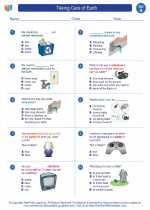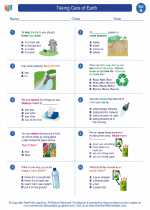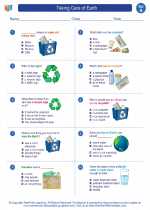Rocks: An Introduction
Rocks are solid natural substances that make up the Earth's crust. They are composed of minerals, which are the building blocks of rocks. There are three main types of rocks: igneous, sedimentary, and metamorphic. Each type of rock is formed through different processes and has its own unique characteristics.
Igneous Rocks
Igneous rocks are formed from the cooling and solidification of molten rock, either below the Earth's surface (intrusive) or on the surface (extrusive). Examples of igneous rocks include granite, basalt, and obsidian. These rocks often have a crystalline texture and can contain a variety of minerals.
Sedimentary Rocks
Sedimentary rocks are formed from the accumulation and compression of sediments, such as sand, mud, and organic matter. Over time, these sediments are compacted and cemented together to form solid rock. Examples of sedimentary rocks include limestone, sandstone, and shale. These rocks often have layers or bedding and may contain fossils.
Metamorphic Rocks
Metamorphic rocks are formed from the alteration of existing rocks through heat, pressure, and chemical processes. This transformation often occurs deep within the Earth's crust. Examples of metamorphic rocks include marble, slate, and schist. These rocks often have a foliated or banded appearance and may contain minerals that are not found in the original rock.
Study Guide: Rocks
- What are the three main types of rocks?
- How are igneous rocks formed?
- Give an example of an igneous rock.
- What are sedimentary rocks formed from?
- Name one example of a sedimentary rock.
- How are metamorphic rocks formed?
- Provide an example of a metamorphic rock.
- What are minerals?
- How do the three types of rocks differ in their formation processes?
- How can the characteristics of rocks help in their identification?
Use this study guide to review and test your understanding of rocks. Understanding the different types of rocks and their unique characteristics is important for gaining a deeper knowledge of the Earth's composition and geological processes.
[Rock] Related Worksheets and Study Guides:
.◂Science Worksheets and Study Guides First Grade. Taking Care of Earth

 Worksheet/Answer key
Worksheet/Answer key
 Worksheet/Answer key
Worksheet/Answer key
 Worksheet/Answer key
Worksheet/Answer key
 Vocabulary/Answer key
Vocabulary/Answer key
 Vocabulary/Answer key
Vocabulary/Answer key
